
The Ministry of Education recently issued the "2023 National Key Work Plan for Comprehensive Prevention and Control of Myopia in Children and Adolescents" (hereinafter referred to as the "Work Plan"), systematically planning and solidly promoting the prevention and control of myopia in children and adolescents in the new era. The "Work Plan" clearly states that local education administrative departments should be guided to supervise and ensure the implementation of the student health examination system and the vision monitoring system every semester. The vision monitoring results should be recorded in the electronic files of children and adolescents' vision health in a timely manner, and reported to the national student physical health system according to regulations.
The Work Plan also states that the prevention and control of myopia among children and adolescents, the overall myopia rate, and physical health status should be included in government performance evaluations. Local governments at all levels are strictly prohibited from unilaterally assessing education administrative departments and schools based on student exam results and school enrollment rates. Local governments and schools that have seen their physical health levels decline for three consecutive years will be held accountable in accordance with the law and regulations. Visual health should be included in quality education, and the physical and mental health of children and adolescents, as well as their academic burden, should be included in the national compulsory education quality monitoring and evaluation system.
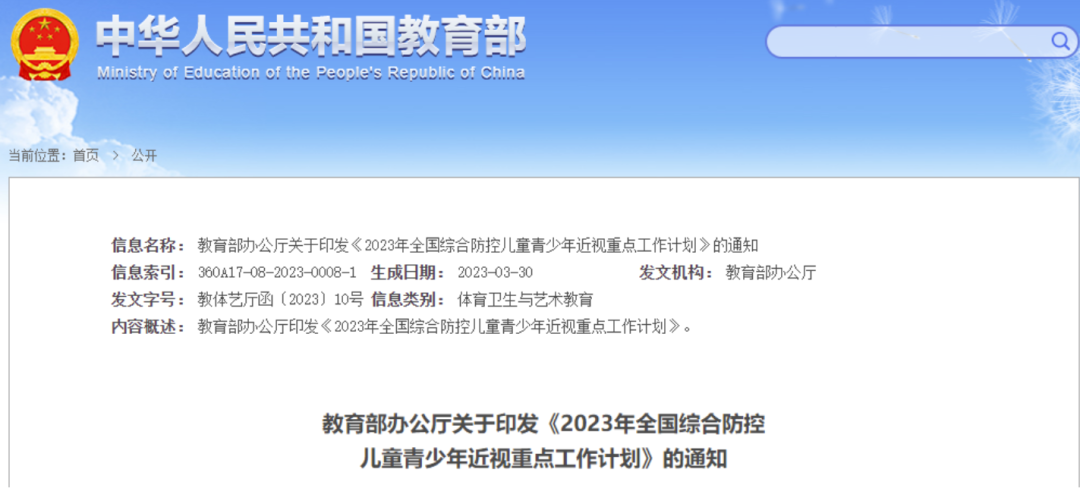
The lighting environment in school is an important factor affecting children's visual health! At present, most of the fluorescent lamps used in primary and secondary schools have problems such as insufficient illumination and uniformity, severe glare, flickering, and excessive exposure, which can trigger various visual problems for teenagers and children. The renovation of the lighting environment in school classrooms will be highly valued by all departments!
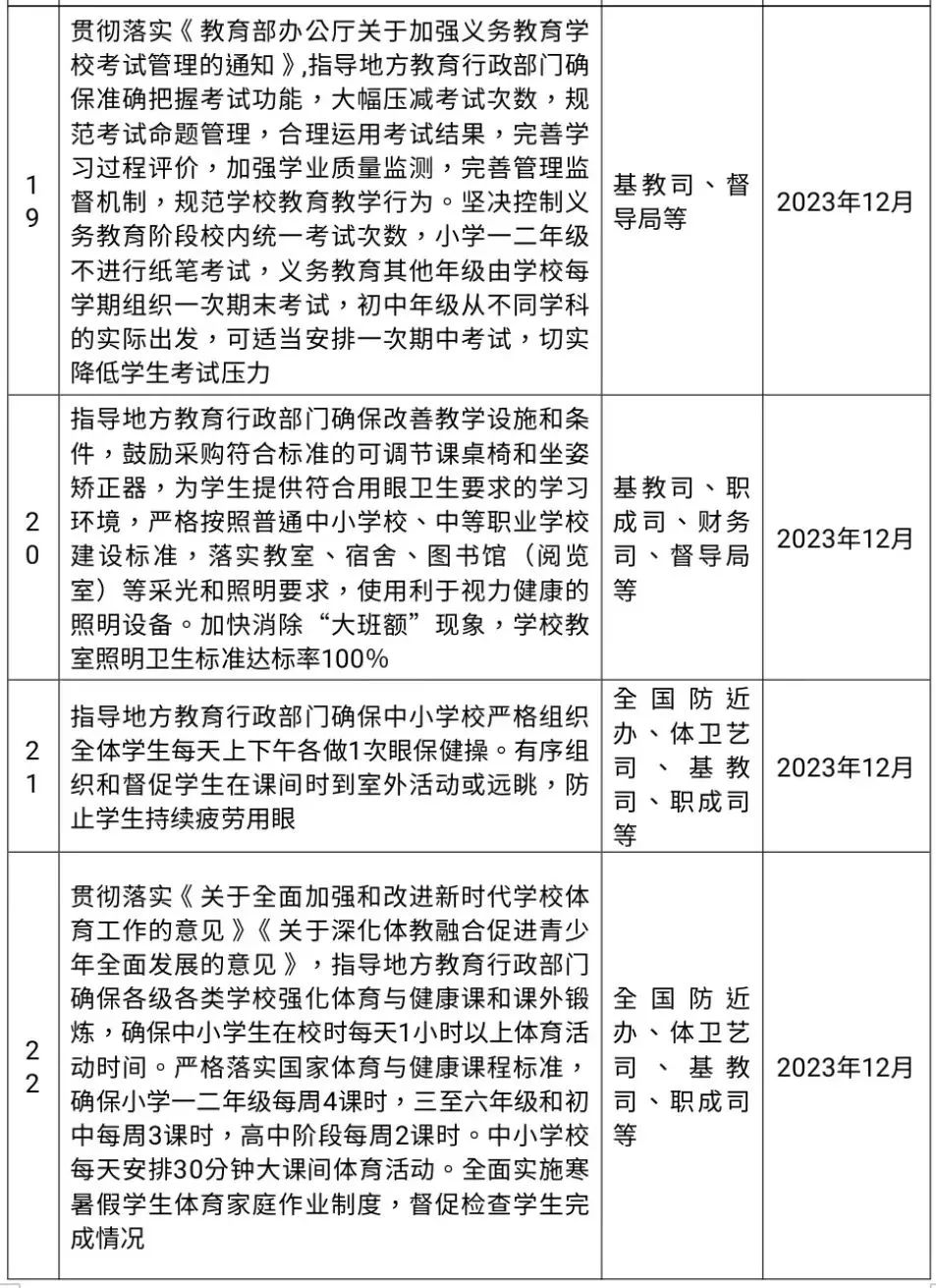
Illuminance refers to the degree to which an object is illuminated. According to national regulations, the average illuminance of classroom desks is ≥ 300 lx, and the uniformity of illuminance is ≥ 0.7; The blackboard maintains an illuminance of ≥ 500 lx and an illuminance uniformity of ≥ 0.8. The lighting intensity in traditional classrooms is generally between 100-200lx, and dim lighting can harm vision.
Glare refers to the inability to recognize or feel uncomfortable due to poor spatial brightness. According to national regulations, the glare value of classroom lighting is less than 19. Traditional classroom lighting fixtures are mostly exposed fluorescent lamps, with a glare value greater than 25. The direct light source causes severe eye glare, and teachers and students are prone to visual stimulation and distraction, which in the long run will seriously affect their visual health.
The stroboscopic light source is high, which causes the pupil sphincter to keep opening and closing, causing eye fatigue and vision decline of students. The traditional lighting source used in schools is a 220 volt 50 hertz fluorescent lamp, which causes the tube to flash 100 times per second. Under the constant flickering light source, the visual system needs to continuously adjust the size of the eyeball pupil to protect the stability of retinal light intensity and imaging clarity. Learning in this lighting environment for a long time will definitely make the pupil sphincter tired due to overuse, which may cause eye fatigue and soreness, or damage to the visual system.
The national standard color temperature is 3300-5500K, but the actual measurement in the classroom basically reaches over 6000K. If the color temperature is too high, it can induce excessive emotional excitement. Traditional classroom lighting even exceeds 6500k, which tends to be cold and white. Excessive color temperature affects students' melatonin secretion, reduces sleep quality, and affects their learning efficiency the next day.
The national regulations stipulate that the classroom color rendering index Ra ≥ 80, and the art classroom color rendering index Ra ≥ 90. However, the fluorescence lamps currently used in classrooms have incomplete spectra, low light source color rendering index, and actual measurements are lower than the national standard of 80, which can lead to color loss and deviation, poor color restoration ability, and directly affect children's color discrimination ability.
Huahui Lighting Classroom is equipped with a quality that far exceeds the national standard. The lighting renovation adopts a "9+3" mode, which overall improves "illumination, uniformity of illumination, color rendering index, etc." and reduces "glare, flicker, etc." to meet the lighting requirements for myopia prevention and control of students. It provides children with an all-weather and bright eye protection learning environment, and protects their healthy vision 24 hours a day!
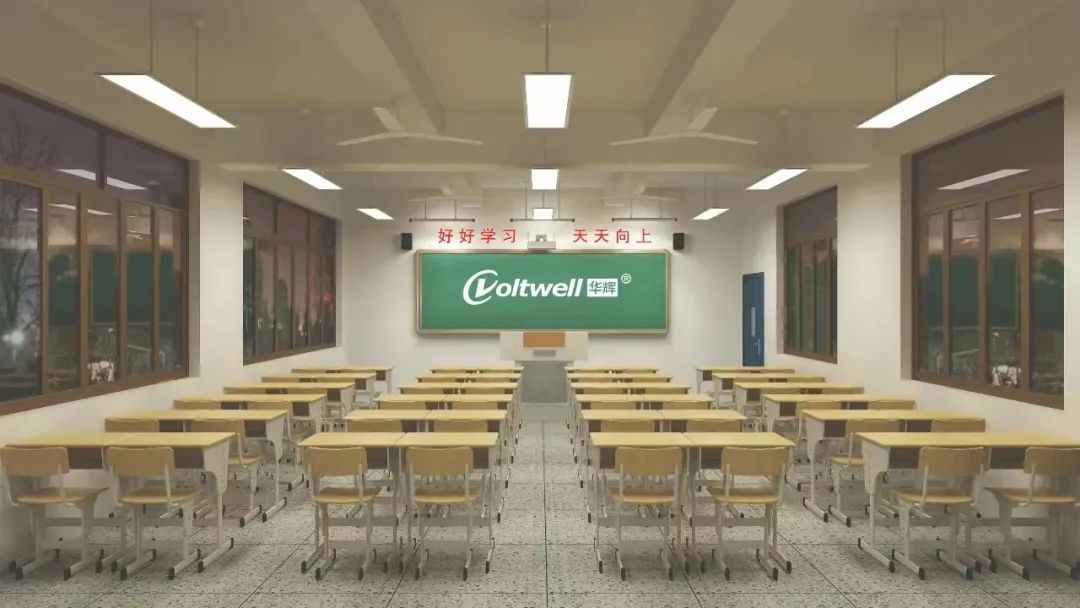
△华辉直发光led护眼教室灯
△华辉侧发光led护眼教室灯
△华辉led护眼黑板灯
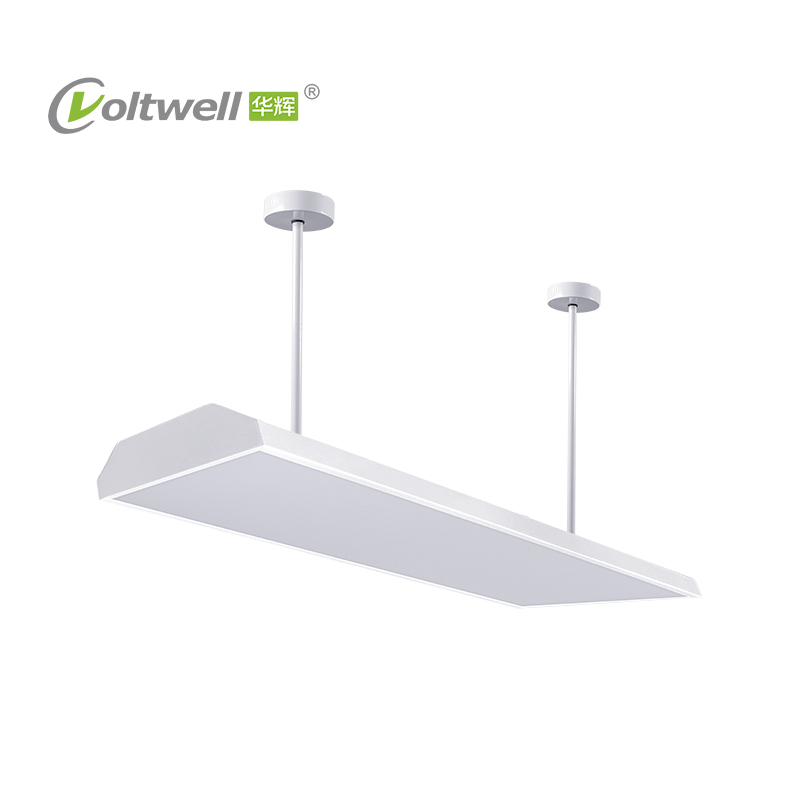
△华辉led底发光教室灯005款
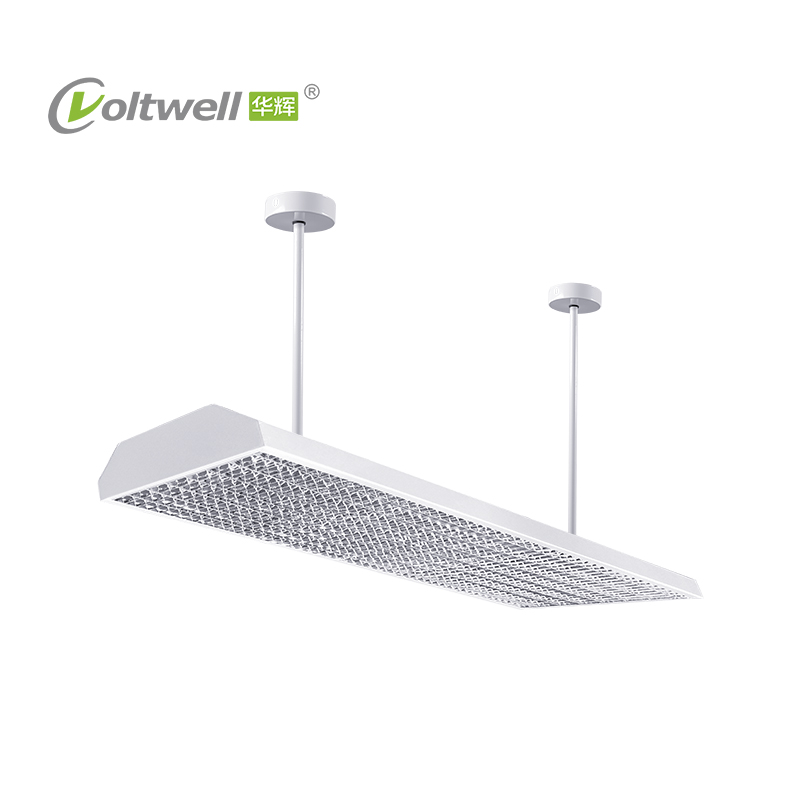
△华辉led底发光教室灯006款
附:华辉照明获得"教室优质照明光环境首批达标单位"
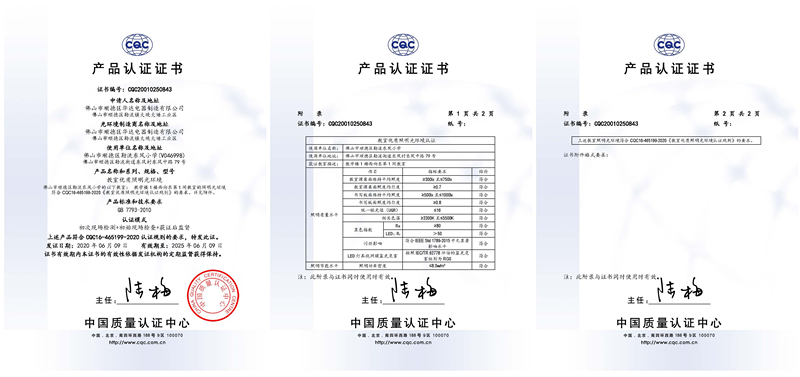
附:华辉led教室灯和led黑板灯CCC证书↓
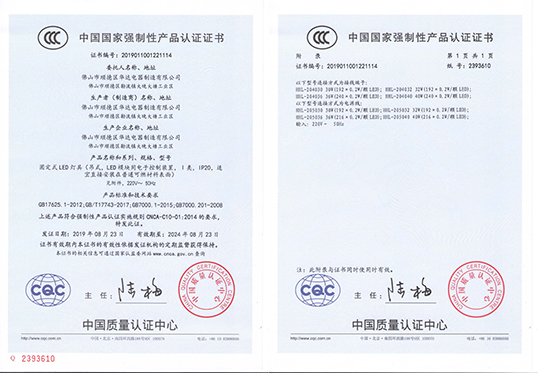
附:教育装备行业协会会员证书↓
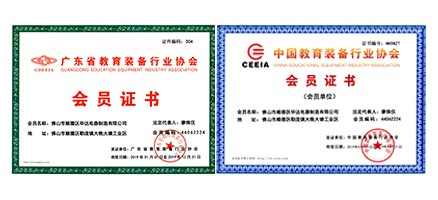
服务热线:0757-25539380
联系QQ:2392711759、2755796541、2736621813
Copyright © 2018 FOSHAN SHUNDE HUADA ELECTRICAL MANUFACTURE COMPANY LIMITED | All Rights Reserved Design by gdhuada.com